This article was medically reviewed by Kerry Assil, MD. Dr. Kerry Assil is a board certified Ophthalmologist and the Medical Director and CEO of Assil Eye Institute (AEI), an ophthalmology practice in Los Angeles, California. With over 25 years of experience and as one of the world's foremost experts in eye surgery, Dr. Assil has trained 14,000+ physicians in refractive and cataract surgery, performed 70,000+ eye surgeries, and authored over 100 textbooks, chapters, and articles on refractive and cataract surgery. He's served as the Distinguished Professor lecturer at Harvard, Johns Hopkins, Duke, Baylor, Tokyo, and UCLA among others. He has served on the advisory boards of 20+ ophthalmic device, pharmaceutical, and scientific companies and has appeared in the media as an authority on advances in vision-restoring surgeries and refractive surgery. Dr. Assil continues to make significant advances in his field with numerous inventions and introductions of state-of-the-art technologies.
There are 14 references cited in this article, which can be found at the bottom of the page.
This article has been viewed 45,885 times.
Getting sand in your eyes can be frustrating and annoying. The sand has likely caused your eyes to water excessively and it may even hurt to close your eyelids. First and foremost, don’t rub your eyes; this will only make the situation worse and possibly cause damage to your eye. Next, try to remove the sand by blinking or flushing your eyes with water or eye drops. If these solutions don’t help to remove the sensation of sand in your eye, you may need to visit your doctor.
Steps
Rinsing Out Your Eyes
-
1Do not rub your irritated eyes. Under no circumstances should you rub or even touch your eyes when you feel the sensation of something, like sand, in them.[1] Rubbing your eyes may cause the sand to scratch your cornea, which will require a visit to your eye doctor and possibly medication.[2]
- You may need to investigate what’s in your eye and where it’s located, but only do this once you’re inside a well-lit bathroom with a mirror.
- If you wear contact lenses, take them out right away. Switch to glasses for the rest to the day to avoid irritating your eye further.[3]
-
2Blink continuously to help remove the sand. Allow your eyes to tear, then blink your eyes over and over again to flush the sand out naturally. Your eyes are designed to get rid of items like sand quickly and easily through blinking and tears. Continue blinking for a few minutes and then determine if you still feel like there’s sand in your eyes.[4]
- Look downwards while you’re blinking to help the tears and sand run out of your eyes.
Advertisement -
3Rinse your eyes with water if blinking didn’t work. Pour some lukewarm tap water into an eyecup or small drinking glass. Hold the eyecup or drinking glass up to your eye by resting the rim on the bone below your eye. Tilt both your head and the eyecup/glass backwards and allow the warm water to run out of the eyecup/glass and into your eye. Let the water flush the sand out of your eye.[5] Try your best to keep your eye open while doing this. Continue to rinse out your eye for 15 minutes, if needed.[6]
- You can also flush out your eye while standing in a shower if that’s more convenient.
- If you’re at work, you may have access to an eyewash station that’s designed to flush particles out of your eyes.
- If you’re helping a child with sand in their eye, tilt their head over a basin or sink with the affected eye closer to the sink. Ask them to open their eyes as wide as possible, and pull down their lower eyelid with your hand while you rinse their eye. If they are a very small child or an infant, ask another person to help hold their eye open while you rinse it, if possible.[7]
-
4Use eye drops to remove the sand if you can’t rinse out your eyes. Try squeezing several eye drops into your irritated eye.[8] Allow the drops to immediately run out of your eye, hopefully flushing the sand out as well.[9] Repeat this process a couple of times to ensure your eyes are completely flushed.[10]
- This step may only be possible if you already use, and therefore have, eye drops of some kind.
- Only try this step with non-prescription eye drops. If you have prescription eye drops, there may be negative side effects if you use too much at one time.
-
5Seek medical help if discomfort and blurriness last more than 2 days. The sensation of something being in your eyes may last several hours, even after the sand or other object is removed. However, if your eyes are still irritated, blurry, or uncomfortable after a couple of days, make an appointment to see your eye doctor.[11] [12]
- Do not attempt to remove an embedded object from your eye. Seek medical attention for such an issue immediately.[13]
- A piece of sand in your eye can sometimes scratch the surface of your cornea, which may lead to an infection.[14] For this reason, it’s important to see an eye doctor for an evaluation if your eye doesn’t start to feel better soon after you flush it.
Examining Your Eyes
-
1Wash your hands before touching your eyes. Before attempting to examine your eyes, make sure you’ve completely washed and dried your hands using soap and warm water. Do not attempt to examine your eyes with dirty hands; you may just make the problem worse.[15]
- Also make sure you have short nails when examining your eyes, as long nails may scratch your eyes.
- If your nails are too long to examine your eyes, ask someone to help you.
-
2Examine your irritated eye in a well-lit mirror. Go to a bathroom that has a well-lit mirror to examine your eyes. Make sure you’re able to get close enough to the mirror to see your eyes clearly. You may need to be as close to the mirror as 2–3 inches (5.1–7.6 cm) to see properly.[16]
- A make-up mirror would work perfectly in these circumstances as it would have a light and be able to magnify your eyes.
-
3Locate the sand by moving your irritated eye up, down, and side-to-side. Look into the mirror at your irritated eye. Move your eye around (up, down, and sideways) and look for the sand (or another object). It is possible that the sand was already rinsed out of your eye, yet the sensation has yet to go away.[17]
- Keep in mind that while it may feel like you have sand in your eyes, it could actually be another object such as an eyelash or sawdust.
-
4Look under your eyelids for the sand, if required. Pull down your lower eyelid to examine underneath your eyelid. Pull up on your upper eyelid to examine there as well. If you locate the sand or another object, keep your eyelid pulled back until you can remove the object.[18]
- By simply exposing the sand or other objects by pulling up or down your eyelid, you may dislodge the item.
-
5Use a cotton swab to remove the sand gently. Only attempt to remove objects that are on the white parts of your eyes or under your eyelids. Do not attempt to remove objects on your irises. Take a clean cotton swab and touch it gently to the object you found in your eye. Allow the object to become attached to the cotton swab and then remove the swab. Do not rub the cotton swab against your eye.
- If the sand or object is on your eyelid, you may be able to use a quick sweeping motion with the cotton swab to remove it.
Treating a Corneal Abrasion
-
1Visit your eye doctor to receive an eye exam. If the sensation of sand in your eyes lasts longer than a couple of days, or if you rubbed your eyes when trying to remove the sand and made the sensation worse, make an appointment to see your eye doctor as soon as possible. It is possible that the sand what was in your eye scratched your cornea, especially if your eyes are also red, sensitive to light, and continue to tear.[19]
- Do not attempt to treat your eyes without the advice of your doctor.
- If you wear contact lenses, do not wear them during this time.
-
2Follow the treatment plan outlined by your doctor. While at the office, your doctor may put drops in your eyes that will allow them to see scratches more clearly. They may also put antibiotic drops or ointment in your eye to prevent an infection. Listen to the instructions your doctor gives you for at-home treatment. Fill any medication they prescribe or suggest.[20]
- Your doctor may recommend an over-the-counter eye drop or ointment to help lubricate your eyes or they may prescribe an antibiotic eye drop or ointment.
-
3Avoid further irritation by keeping all objects away from your eyes. Do not touch your eyes with anything while they heal, including your hands, cotton swabs, eye shadow, eyeliner, or mascara. Do not wear your contact lenses until your eyes have healed. Do not put any drops or ointment into your eyes unless it was recommended by your doctor.[21]
- If you were already using some kind of eye drops, make sure to confirm with your doctor that you can continue using them while your eyes heal.
- Wear your sunglasses more often if your eyes are sensitive to light.
Warnings
- If you’ve been working with any type of metal, such as hammering or grinding, do not attempt to remove the object in your eye yourself. Go to the emergency room right away as removal may cause permanent damage.[22]⧼thumbs_response⧽
References
- ↑ Kerry Assil, MD. Board Certified Ophthalmologist. Expert Interview. 4 September 2020.
- ↑ https://medlineplus.gov/ency/article/002084.htm
- ↑ https://www.nhs.uk/conditions/eye-injuries/
- ↑ https://www.aao.org/eye-health/tips-prevention/injuries
- ↑ Luxme Hariharan, MD, MPH. Board Certified Ophthalmologist. Expert Interview. 17 August 2021.
- ↑ https://www.mountsinai.org/health-library/special-topic/eye-foreign-object-in
- ↑ https://www.seattlechildrens.org/conditions/a-z/eye-foreign-object/
- ↑ Kerry Assil, MD. Board Certified Ophthalmologist. Expert Interview. 4 September 2020.
- ↑ Luxme Hariharan, MD, MPH. Board Certified Ophthalmologist. Expert Interview. 17 August 2021.
- ↑ https://medlineplus.gov/ency/article/002084.htm
- ↑ Kerry Assil, MD. Board Certified Ophthalmologist. Expert Interview. 4 September 2020.
- ↑ https://www.aao.org/eye-health/tips-prevention/injuries
- ↑ Luxme Hariharan, MD, MPH. Board Certified Ophthalmologist. Expert Interview. 17 August 2021.
- ↑ https://kidshealth.org/en/parents/corneal-abrasions.html
- ↑ https://myhealth.alberta.ca/Health/Pages/conditions.aspx?hwid=obeye
- ↑ https://www.mountsinai.org/health-library/special-topic/eye-foreign-object-in
- ↑ https://www.thechildren.com/health-info/trauma/foreign-object-eye
- ↑ https://www.thechildren.com/health-info/trauma/foreign-object-eye
- ↑ https://familydoctor.org/condition/corneal-abrasions/
- ↑ https://www.stanfordchildrens.org/en/topic/default?id=foreign-bodies-in-the-eye-in-children-90-P02816
- ↑ https://www.healthywa.wa.gov.au/Articles/A_E/Eye-injury-foreign-object-in-the-eye
- ↑ https://www.betterhealth.vic.gov.au/health/conditionsandtreatments/eye-injuries-foreign-body-in-the-eye#self-care-at-home-after-treatment-for-foreign-bodies-in-eyes
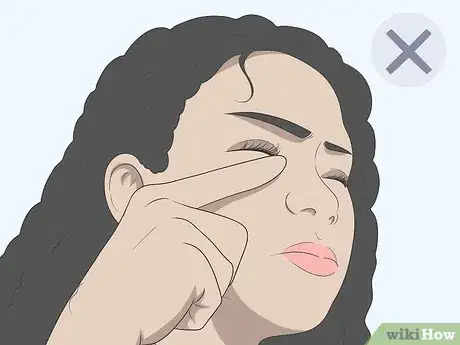

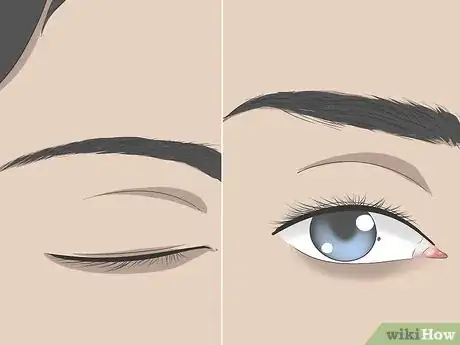
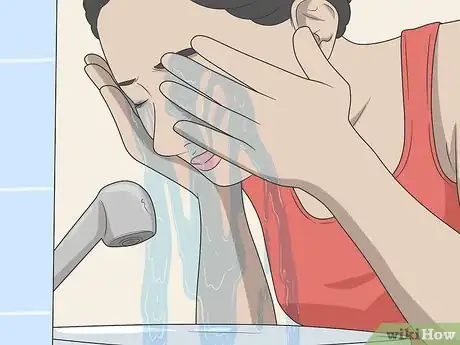



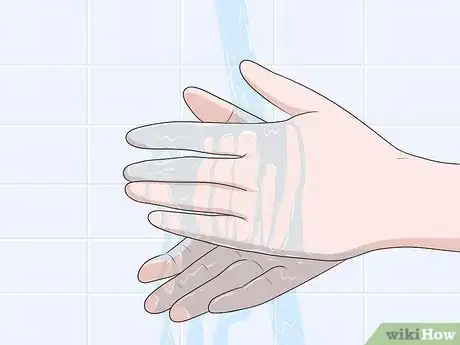

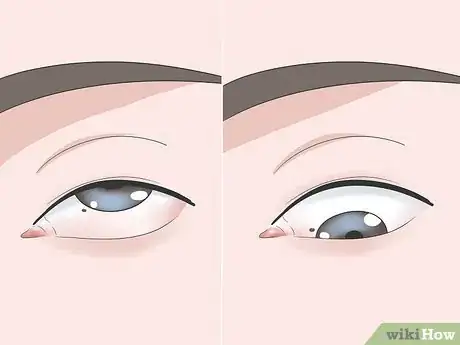
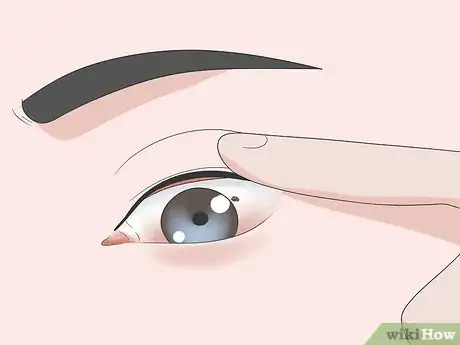
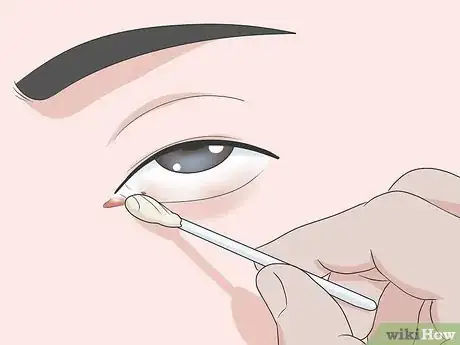

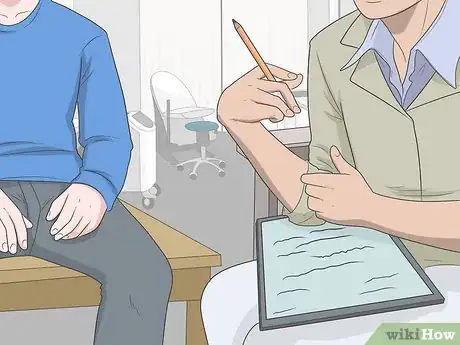
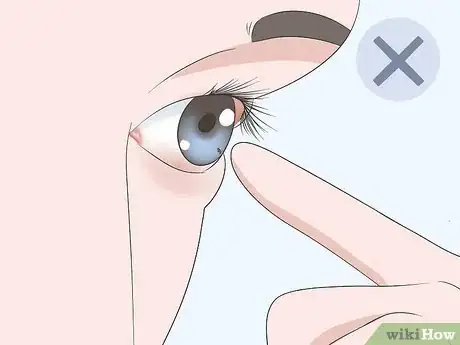
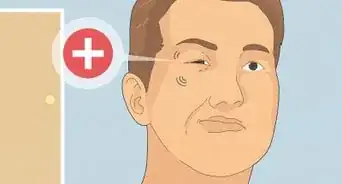

-Step-3-Version-2.webp)


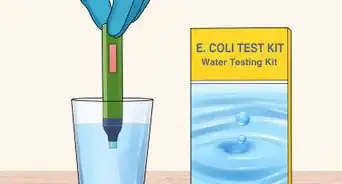




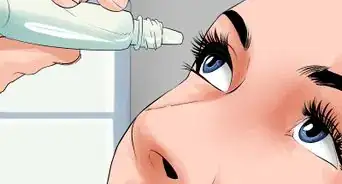







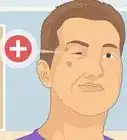

-Step-3-Version-2.webp)



































Medical Disclaimer
The content of this article is not intended to be a substitute for professional medical advice, examination, diagnosis, or treatment. You should always contact your doctor or other qualified healthcare professional before starting, changing, or stopping any kind of health treatment.
Read More...